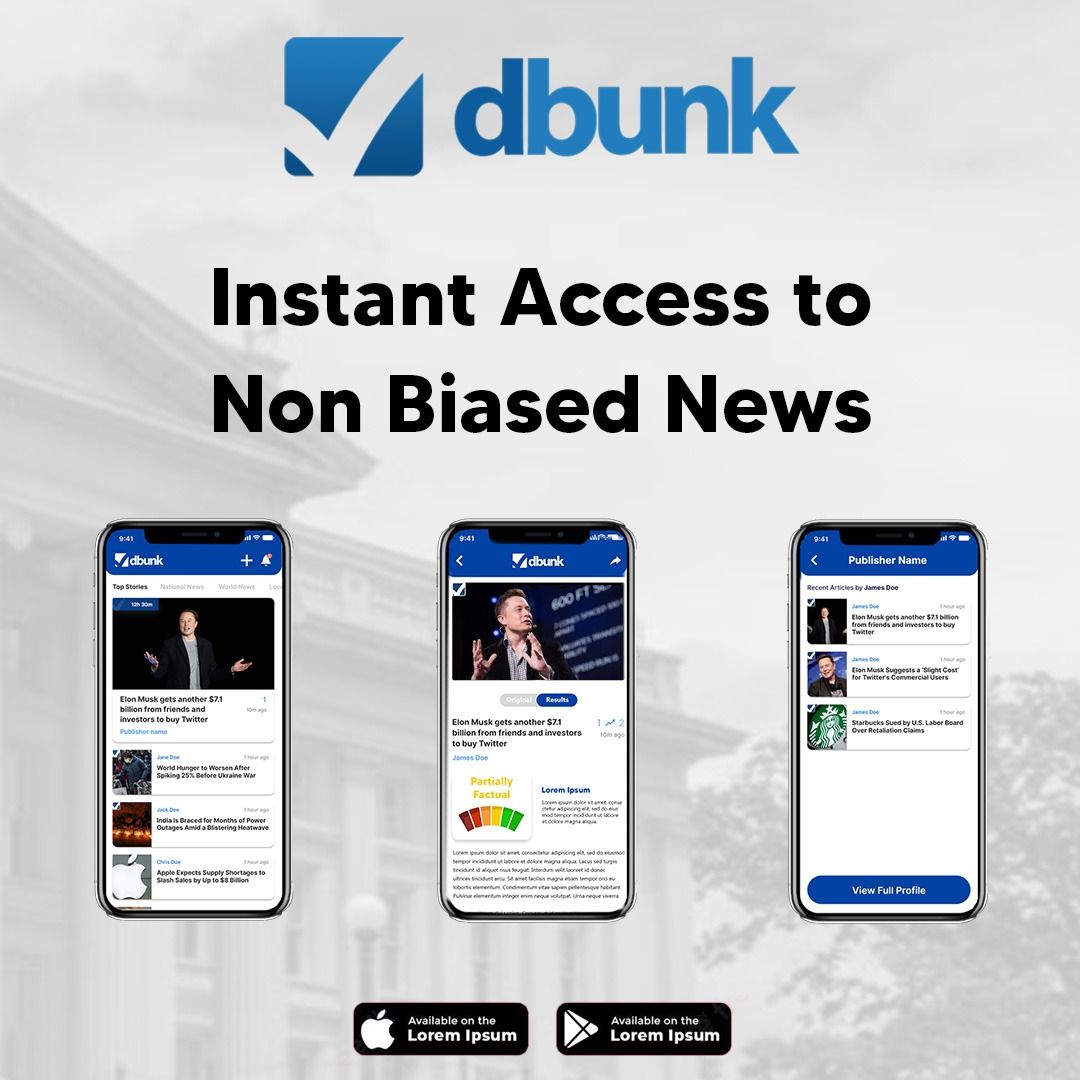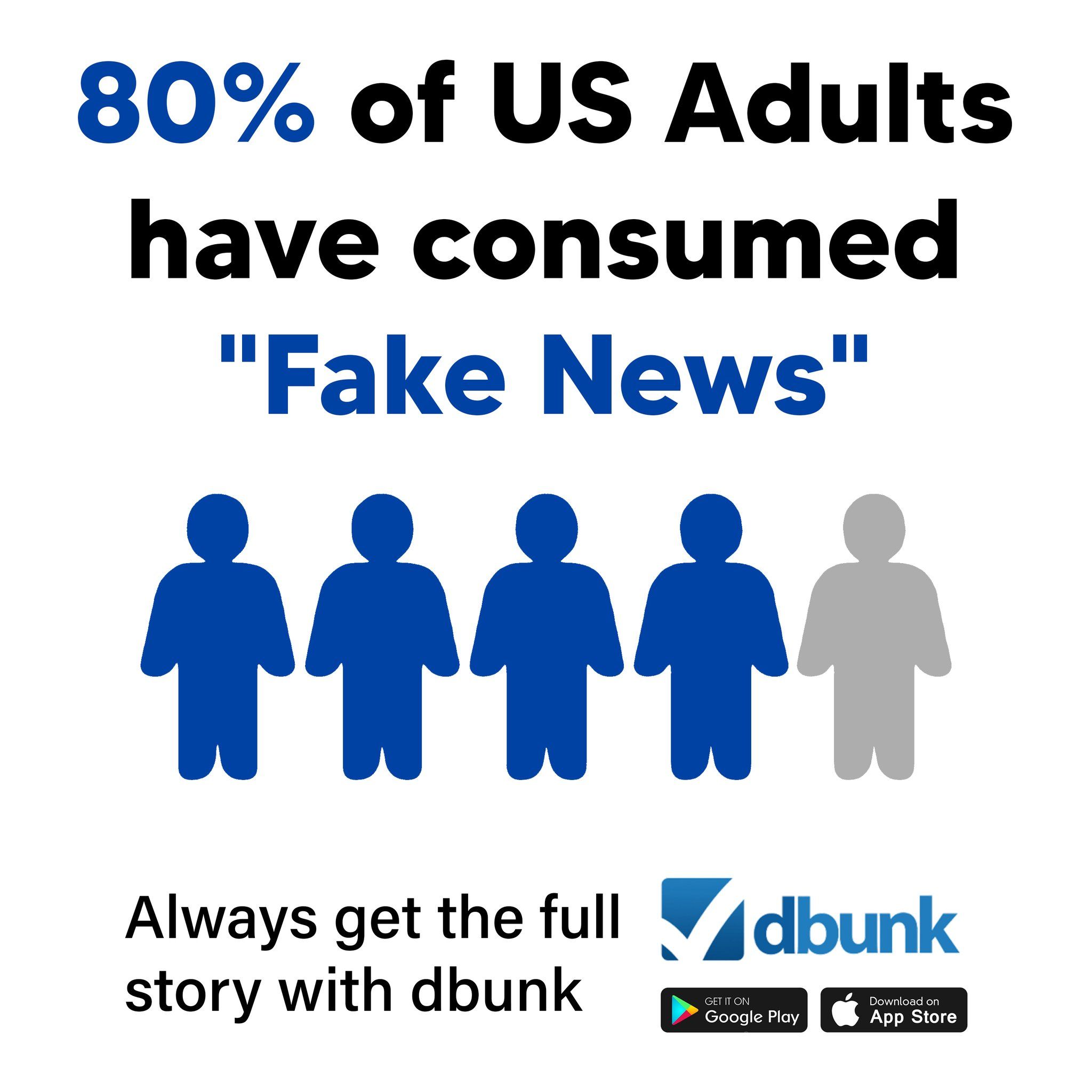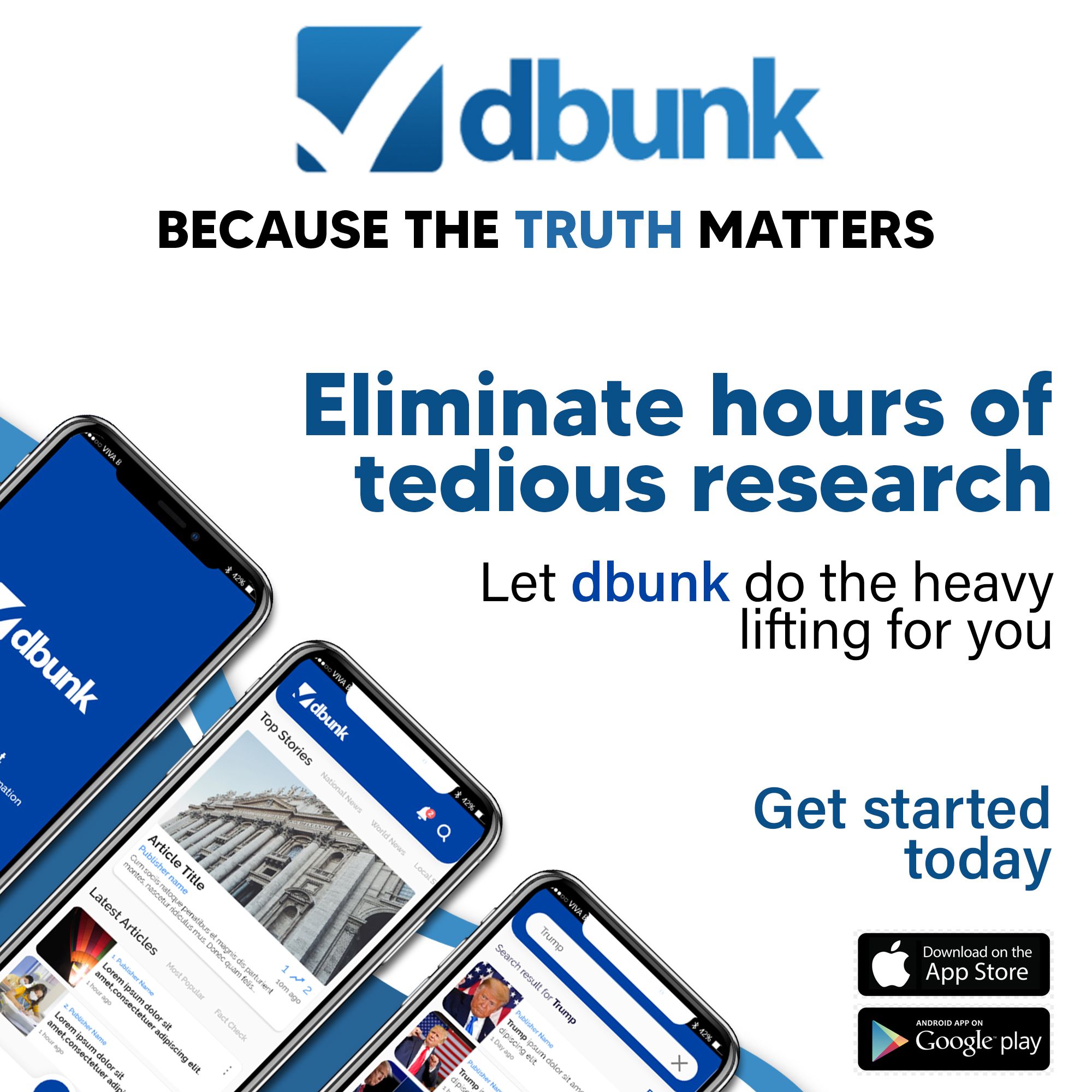
Fact Check Analysis: State Department Permits Distribution of H.I.V. Medications to Resume — for Now
Submitted for review by one of our subscribers concerned about the impacts of the article’s claims on global public health policy. Remember, you too can submit fact-check requests for free, and we’ll investigate the truth behind the headlines.
On January 29, 2025, the New York Times published an article titled “State Department Permits Distribution of H.I.V. Medications to Resume — for Now”, detailing a temporary waiver issued by the Trump administration on the distribution of H.I.V. medications through the President’s Emergency Plan for AIDS Relief (PEPFAR). While the article draws attention to pressing concerns, particularly surrounding access to life-saving medications, several claims require closer scrutiny due to missing context, potential bias, and a lack of clarified details.

Unpacking the Claims: Missing Context and Implications
Misinformation Alert: The article claims that “the Trump administration ordered health organizations in other countries to immediately stop distributing H.I.V. medications purchased with U.S. aid.” However, this assertion lacks nuance and appears to simplify the directive’s intention. Upon further analysis of the directive, it was in fact a freeze on new funding allocations for PEPFAR programs while existing stock was allowed to be distributed. This clarification is critical in understanding the scope of the directive and its immediate impact on ongoing care for patients.
Missing Context: The article states, “PEPFAR’s future remains in jeopardy, with potential consequences for more than 20 million people,” but does not provide any insight into the broader political motivations surrounding the funding freeze or whether alternative mechanisms to disburse medications are being considered. According to reports from advocacy groups and State Department insiders, the funding freeze stemmed from prioritization debates over other global health crises, including newly emerging infectious diseases. This context complicates the narrative of a simple cut-off and adds a layer to understanding the administration’s decision-making.

Expert Commentary: A Critical Assessment
The article quotes Dr. Steve Deeks of UCSF stating, “We can very rapidly return to where the pandemic is exploding, like it was back in the 1980s.” While Dr. Deeks’ concern is legitimate, no data or references are provided in the article to substantiate this claim. Historical data on improvements in global H.I.V. outcomes under PEPFAR indicate that the timeline for regression would depend on factors such as the speed of disruption in care and the responsiveness of international health organizations. Readers might interpret this statement as an immediate doomsday scenario when, in reality, such a backslide would likely occur over a longer period.
Additionally, the article uses emotionally loaded language, particularly in suggesting a “jeopardy” narrative without thoroughly examining whether any humanitarian exceptions or alternative funding channels were proposed. Critical details like these could influence readers’ opinions without giving them the full picture of actions in progress at the time.

Who Benefits?
To address the user’s question: “Who benefits from cutting off HIV medication to millions—because it sure isn’t the people who need it?” the answer lies in understanding the broader political chessboard surrounding global health funding. The freeze on PEPFAR activities may reflect evolving priorities in U.S. foreign aid policy, including reallocating resources to new health crises. Critics argue that such policy shifts cater to domestic or institutional interests rather than the global marginalized populations intended to benefit. Conversely, proponents within the administration have pointed to the need for reforming program monitoring to ensure funds are used efficiently. Both perspectives highlight the complexity of assigning “benefit” in this context, but what’s clear is the uncertainty and potential harm to millions who depend on these lifesaving programs.
Conclusion
While the New York Times article captures the urgency of the situation, its lack of detailed context and omission of critical intricacies creates a one-sided narrative that risks misleading readers. As misinformation erodes trust and exacerbates polarization, it is crucial to present all aspects of a story transparently. We encourage readers to verify claims using trusted tools like DBUNK, which cuts through the noise to deliver accuracy and truth.
For the original article, visit this link.
Stay informed and empowered. Download the DBUNK app today to uncover the truth in today’s digital landscape.


